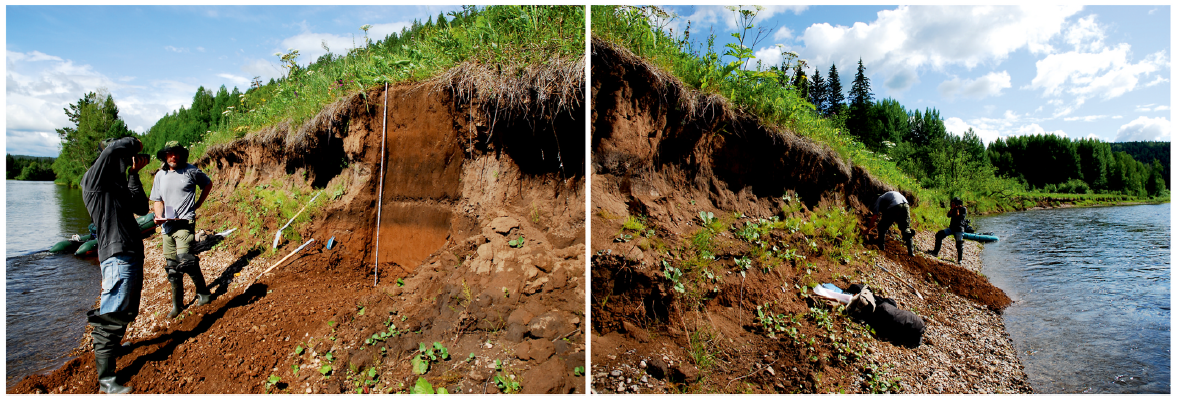Congratulations to Dustin White and co-authors on the recent publication of their article in Quaternary International!
Title: A Holocene floodplain sequence from the Kirenga Valley, Lake Baikal region (Siberia), and its significance for molluscan and mammalian biogeography
Authors: Dustin White, Simon A. Parfitt, Alexander A. Shchetnikov, Alexey S. Tesakov, Richard C. Preece (2022) Quaternary International, in press.
Abstract: The archaeological record in the Baikal region is characterised by a marked discontinuity separating different groups of hunter-gatherers within the Neolithic period. A range of sedimentary archives has been studied to investigate this issue and whether it had an environmental cause. Our focus has been on floodplain sequences from river valleys, which can augment other higher resolution records such as those from lakes. Here we report on the molluscs and small vertebrates recovered from a Holocene floodplain sequence at a remote locality (Krasniy Yar XI) in the Kirenga Valley, in the Lake Baikal region of eastern Siberia. The sequence lacked the necessary temporal resolution to adequately address this archaeological question, but it did provide a valuable radiocarbon-dated record of local floodplain pedogenesis, molluscs and vertebrates over the last ∼7000 cal yr BP. Aquatic molluscs are more frequent during the early part of the record but they become scarce in the upper levels, which are dominated by land snails, especially species of Vallonia. Other noteworthy species include Vertigo microsphaera, recently discovered living in the area, and the first fossil records of V. kushiorensis, V. chytryi, and V. genesioides from the Baikal region. An exceptional feature of the molluscan record was the relatively high frequency of sinistral specimens of Cochlicopa, which occurred in 12/18 samples with a mean frequency of 9.8% (38/385). The vertebrates included specimens of southern birch mouse Sicista subtilis, unknown living in this part of Siberia with the closest records some 400 km to the southwest. These data demonstrate marked faunal and distributional shifts within the Holocene, reflecting local and regional environmental changes through time.
Congratulations to Dustin and all co-authors!
Photo from article: Fig. 2. Views (left, upstream; right, downstream) of the upper floodplain (T-1) of the Kirenga River showing the context of the Krasniy Yar XI section.



